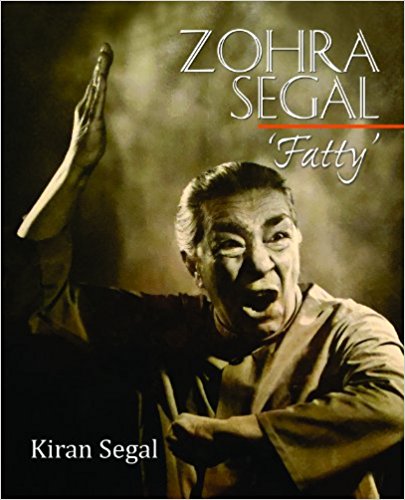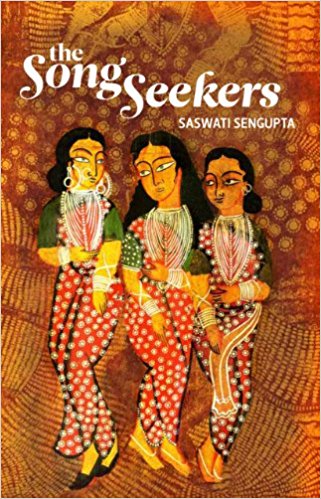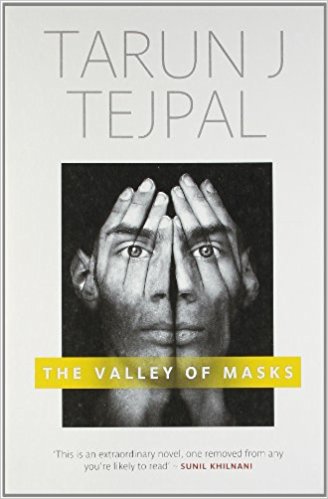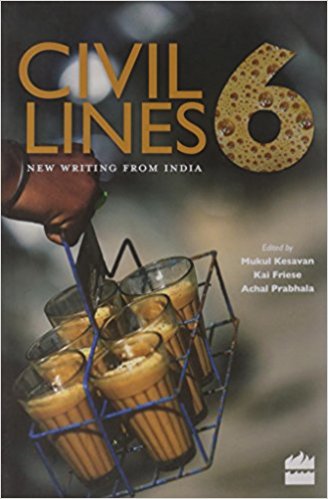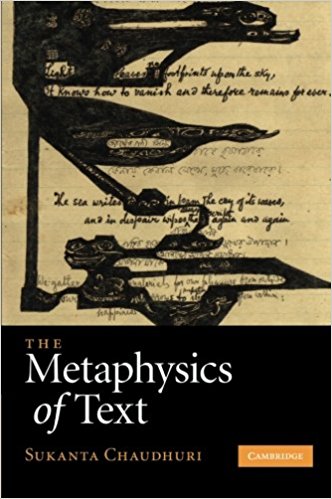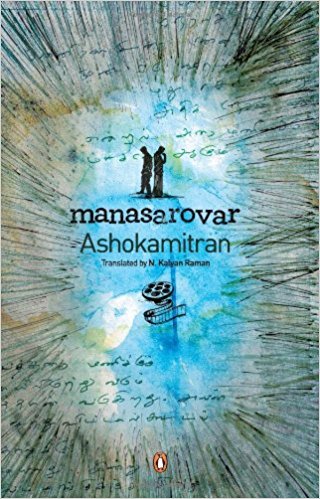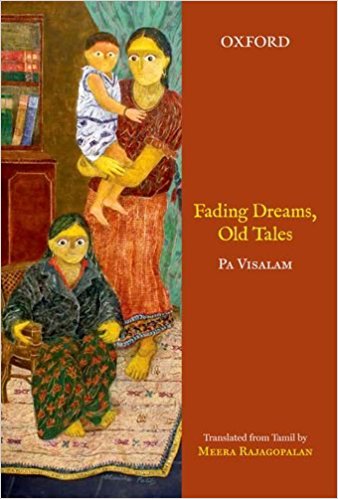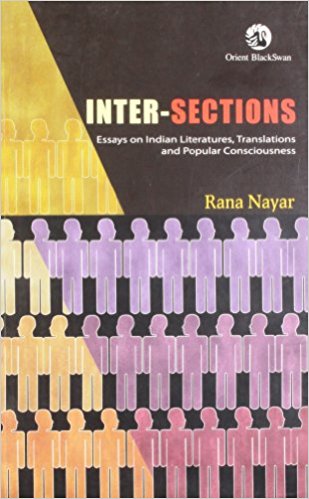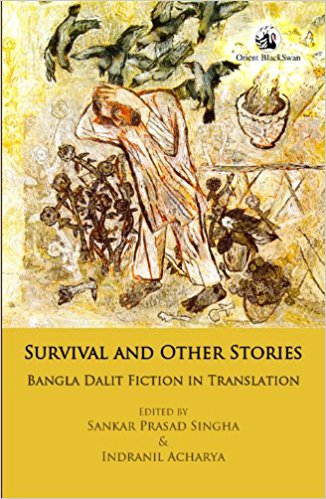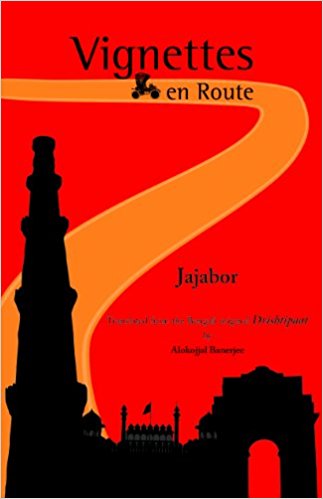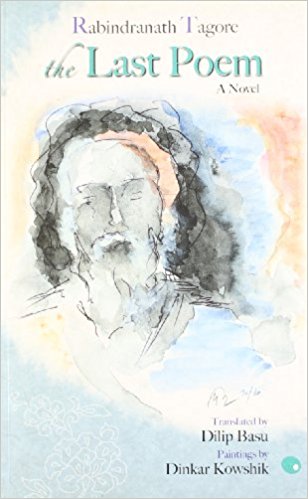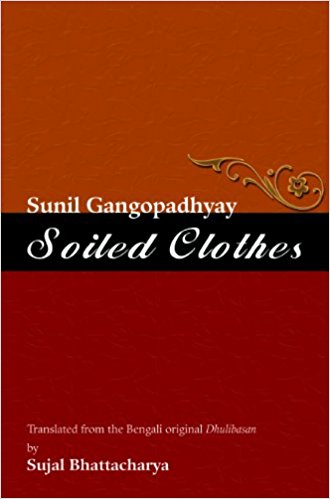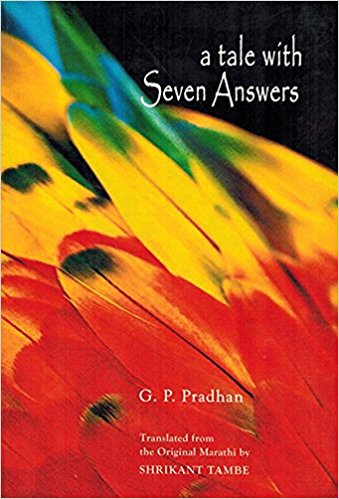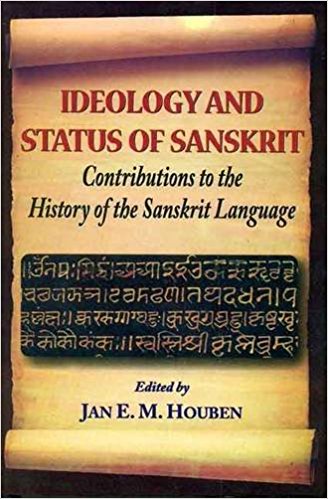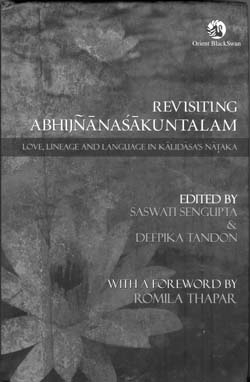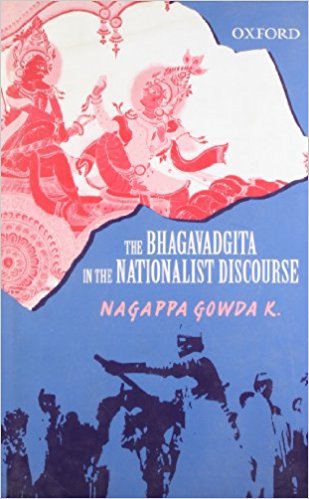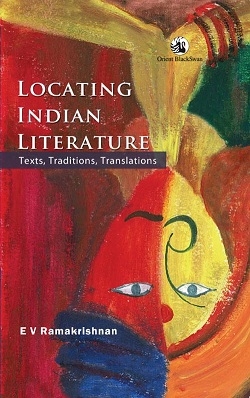‘…she is special…not just because she is making a hundred but because she is Zohra Segal, dancer, actress, story-teller, lover —lover of all things—and loved by all things, great and small and those in-between…’. These words of Tom Alter truly sum up the personality that has been so central to our imagination of Hindi cinema.
Archives
January 2013 . VOLUME 1, NUMBER 12013
Uma, the protagonist of the novel, a young woman from a well-to-do back-ground with a modicum of higher education in Delhi, is married into an aristocratic brahmin family in Kolkata, and thereafter delves into its family history with an almost unhealthy curiosity.
Tarun J. Tejpal is the founder-editor of Tehelka, well known for its investigative reporting; over the years, he has exposed various scams and malpractices in India.
In September, Harvard University Press published an edition of Jane Austen’s Emma with annotations by Bharat Tandon, a lecturer at the University of East Anglia in the UK.
The year gone by was the bicentenary of two Eminent Victorians—Charles Dickens (1812-1870) and Edward Lear (1812-1888).
2013
This issue of Civil Lines appeared a decade after the previous issue, and this review a year after that. If, as the editorial claims, the issue contains ‘work that has been written for ever’, the two delays matter little.
It was said of Albert Camus’s Outsider that having read it, one cannot relate to the world again the same way as before.
2013
In this beguiling novel, Ashokamitran shares with us the experiences of two men in the summer of 1964, who live and work in the film industry in Madras.
‘Communists are loath to talk about them-selves. […] the memoirs of communists are so frequently without any discussion of personal feelings, and certainly not of personal ambitions.’ Vijay Prashad, writer and academic, in Frontline magazine
Whether it were Lionel Trilling and Oscar Handlin in the 1920s or later in the postmodern period, the revision of literary canon to include the voice of women, gays and lesbians, has always carried political undertones.
What does it mean to be a dalit in Bengal, that is, in a culture where Tantric, Buddhist, Hindu and Sufi/Islamic thought have mingled and occasionally clashed for centuries? This collection of stories goes some way towards answering the question, though I have to record my disappointment that no women writers are represented among the sixteen authors translated in this volume.
Vignettes is the English translation of Dristhipaat, a Bengali novel published first in 1946, penned by Binay Kumar Mukhopadhyay whose nom de plume, Jajabor, apparently means, as this reviewer found out, ‘a person whose status in society is lower than of a homeless’.
2013
Tagore and translation has had a tenacious relationship over the years. While an English translation of his own work won him the Nobel, some of Tagore’s English writer friends turned against him for trying too hard to cater to English tastes.
2013
The name of Sunil Gangopadhyay (1934-2012) has become iconic in contemporary Bengali literature, and his passing marks the end of an era. A prolific writer, he will be remembered for his poetry, novels, stories and essays, but most of all for his ability to bridge the gap between elite and popular culture.
Deliverance opens with a one-line letter written by two sisters, Mimi and Shami, to various people across the world—Ranju, Janaki, Toshi-Ojisan, Yoshiyo-Hisayo, and Dr. Abhi—about their parents’ death.
Ganesh Prabhakar Pradhan (1922-2010) wrote the first draft of the book under review during a term of imprisonment of eighteen months during the Emergency in 1975 (he completed it in 1979).
The book reviewed here has the sub-title ‘Contributions to the History of the Sanskrit Language’.
Gathering together fifteen papers presented at a two-day international conference at Miranda House (University of Delhi) in January 2010,
In relation to the Bhagavadgita, three extraordinary developments may be said to have occurred in British India.
Whenever I think of Indian literature, a story retold by A.K.Ramanujan comes to mind: Hanuman reaches the nether-world in search of Rama’s ring that had disappeared through a hole.

